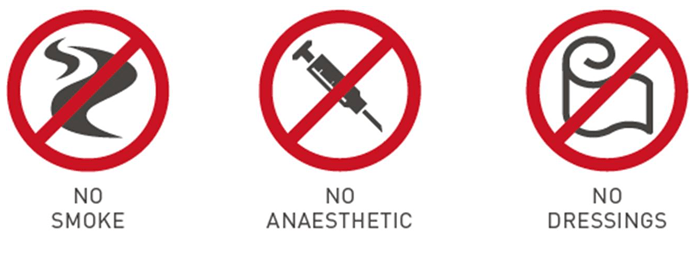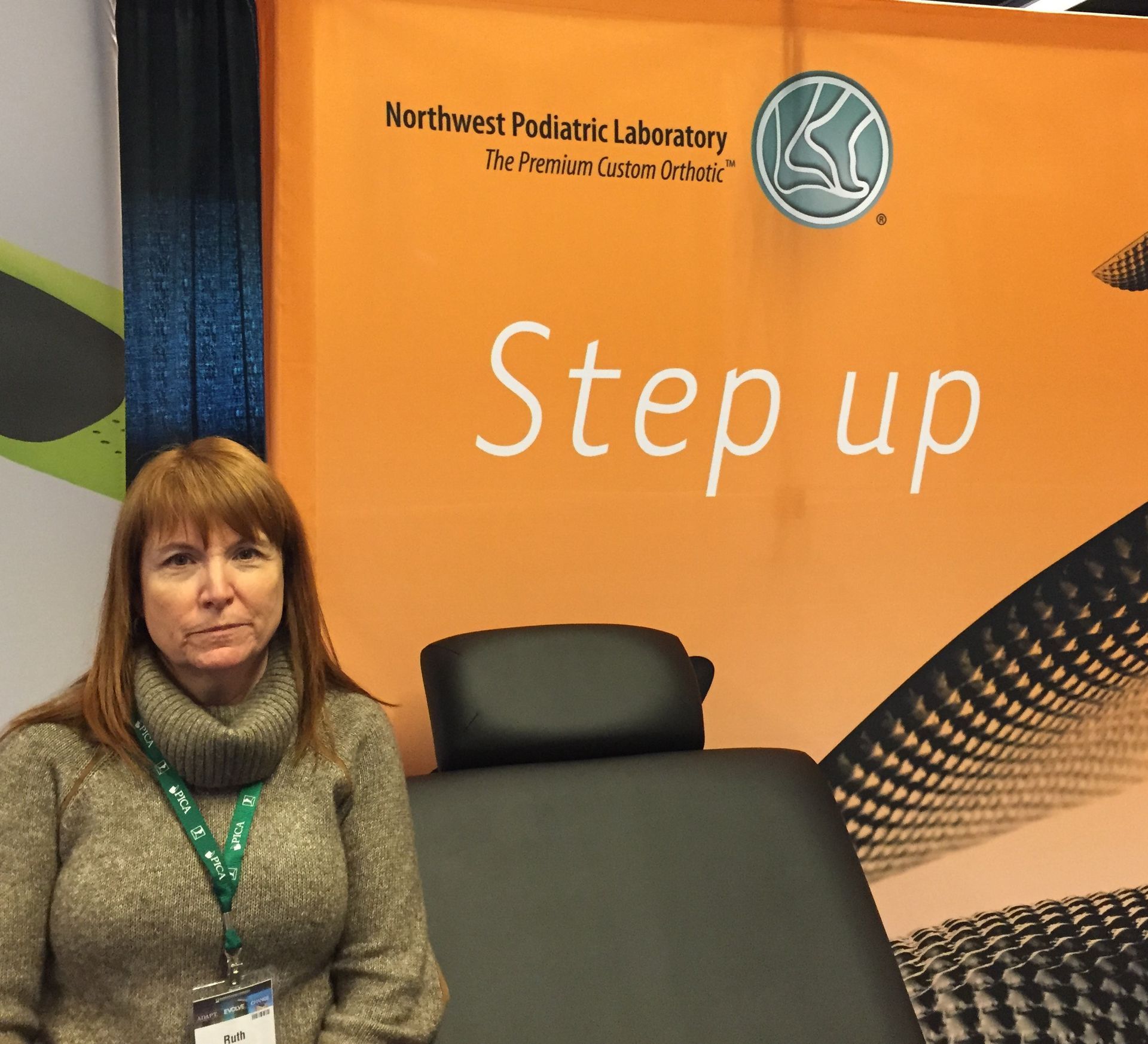What is Gout?
Gout is a form of inflammatory arthritis caused by a buildup of uric acid crystals in the joints that can lead to sudden, intense pain—often called a gout flare—and swollen joints that may become red and/or hot. While statistics show that more than 50 percent of gout flares start in the big toe, the uric acid crystals associated with gout are also commonly found in knees, hands, and feet, and can deposit in organs throughout the body, such as the kidney, causing kidney stones.
Causes
It’s normal for everyone to have at least some uric acid in their bodies. However, too much uric acid can build up and increase the risk of developing gout. Uric acid typically dissolves in the blood and then passes through the kidneys, where it is eventually removed through urine.
Approximately two-thirds of uric acid is produced by the body naturally; the rest comes from diet, often in the form of purines, which are substances in animal and plant foods that the body converts to uric acid. A family history of gout, as well as other health issues such as high blood pressure, diabetes, or kidney disease, can increase risk for developing gout. Certain medications can also trigger gout.

Symptoms
Gout is often associated with the sudden onset of severe pain and swelling, in which the affected joints are very tender, even to the lightest touch. Putting any weight on the affected joint can be very difficult, and the pain may last for a few days.
In some instances, uric acid crystals may continue to build up and form tophi, or lumps under the skin. While generally not painful, these lumps can interfere with normal joint function and may lead to bone erosion or damage to the cartilage.
When to Visit a Podiatrist
If you believe you have experienced a gout flare or have developed tophi, consult a podiatrist.
Diagnosis and Treatment
Gout can be diagnosed through examination, a blood test, or by analyzing joint fluid.
While gout is treatable, it is not curable. The approach to treatment is individualized and may include decreasing the amount of uric acid in the blood as well as controlling the joint pain. Lowering uric acid levels in the blood can prevent or lessen painful attacks and reduce the risk of gout complications such as kidney stones and the development of tophi. Anti-inflammatory drugs or corticosteroids may be prescribed to help with the joint pain.
For some, signs and symptoms may continue to occur despite taking oral uric acid-lowering medicines. In these scenarios, an intravenous medication may be recommended by doctors to decrease the buildup of uric acid in the body.
Your podiatrist may also recommend lifestyle changes that can help decrease symptoms. These include weight loss, decreasing alcohol consumption, and diet modification.
Prevention
It is important to get treatment early if you are experiencing symptoms of gout. Your health-care provider may suggest tracking your symptoms; the Uric Acid and Gout Flare Tracker from the American Kidney Foundation can be a helpful tool to do this. If you are prescribed medications for gout, be sure to take these as directed and discuss any problems with your podiatrist. Your symptoms and pain may resolve, but continuing uric acid-lowering medication as prescribed can help prevent the long-term problems associated with gout.
To avoid gout and other medical problems associated with gout, uric acid levels should be regulated. People with gout should have their uric acid levels tested as recommended by their health-care provider.
Resources for Gout Patients
The Alliance for Gout Awareness (AGA) works to reduce stigma and empower patients by improving public understanding of gout. AGA has created a packet with resources from member organizations to help you live better with gout and manage the disease.
Dr. Ruth Ann Cooper








